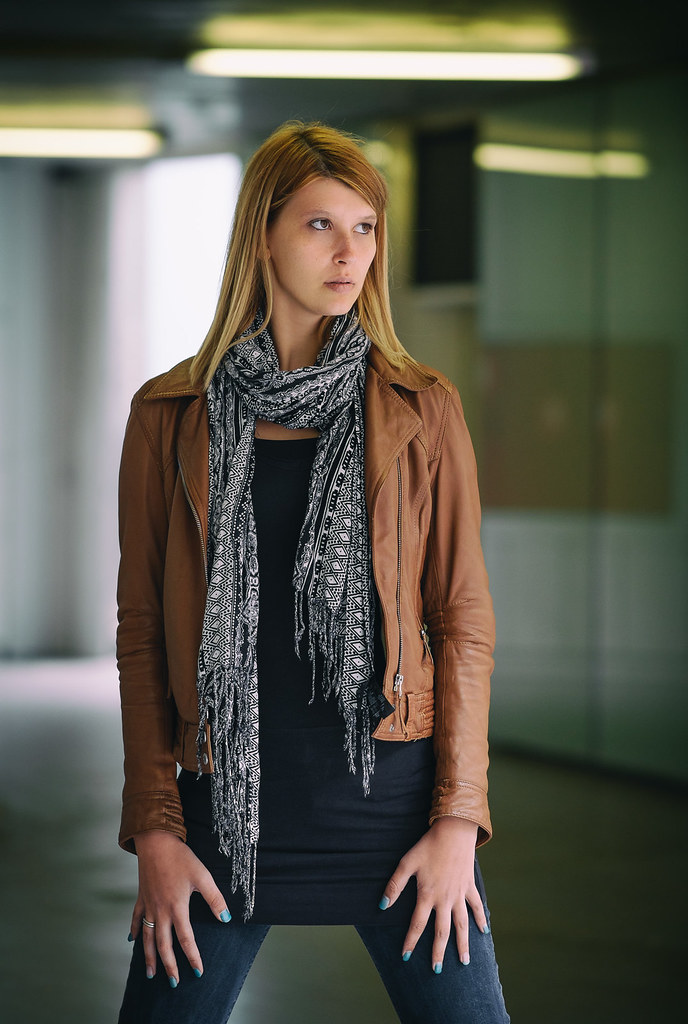The Fuji X-PRO2 will be weather sealed (Trusted Japanese Source)

I got an email from our beloved trusted Japanese source. It simply said:
“Patrick, you better add weather sealing to your X-PRO2 specs list!”
And so I did ;)
I have NO rumors about it, but I can’t stop thinking that the 35mmF2 WR (scheduled to come in November according to this roadmap) would be the perfect kit lens for a weather sealed X-PRO2.
And the weather sealing? Is it a gimmick or must have? There is a debate about it over at the FXF! Take a look here and feel free to share your opinion, too.
My X-E2 under the rain – Shared here at the FXF
(TS= trusted source / NeS =New Source / AS = Anonymous Source / SRP = source who was right in the past / OS = other sites)
– APS-C sensor (TS + AS + AS)
– 24MP sensor (AS) – More than 16MP (AS)
– 1/8000 of a second mechanical shutter speed (TS)
– Sync Speed faster than 1/180th (SRP)
– dual SD card slot (NeS)
– coming late 2015 (TS + AS)
– weather sealed (TS)
– Two X-PRO2 version, one 24MP APS-C and one 25-27 MP ASP-X, compatible with XF/XC lenses (OS)
– coming September / October (OS + OS)
– tilt screen (AS)
– WiFi (AS)
– Non organic ASP-C X-Trans sensor (OS)
– Price about 20% to 30% more expensive than the X-T1 (AS)
– 4K video (TS + NeS)
– Faster Processor EXR III (TS)
– smaller than X-PRO1 (OS)




 [/shoplink]
[/shoplink]





